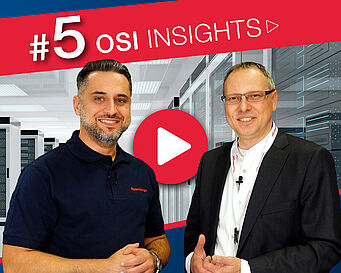The success story of the cloud can hardly be denied. Scalability, flexibility and the possibility of implementing new processes in companies in a very short time clearly speak for "cloudification". It is therefore not surprising that, according to a study by Bitkom and KPMG, three quarters of all companies are already using cloud services and it is increasingly becoming a substantial part of the IT landscape. The cloud is often perceived as a driver enabling a company to push digitalization of internal processes even with little technical expertise and few human resources.
Accordingly, Gartner already predicted the slow but certain demise of local data centers in Germany in 2019. Much to the surprise of the analysts, however, the latest survey results suggest a completely different trend. According to the Enterprise Cloud Index 2019, 73% of respondents said they would move some applications that are currently stored in a public cloud back to the in-house data center. This trend is also confirmed in the Enterprise Cloud Index 2020, according to which a hybrid solution is the ideal IT model for 86%. These figures suggest that IT managers have a conservative attitude in certain areas. But where do those apprehensions come from? What are the arguments for investing in keeping or expanding an existing IT system? Why not put everything in the cloud?






